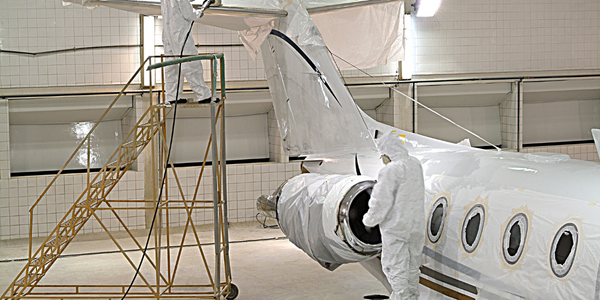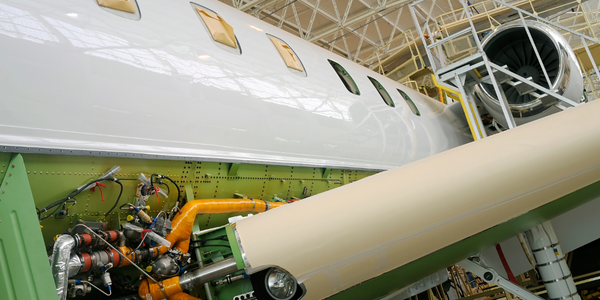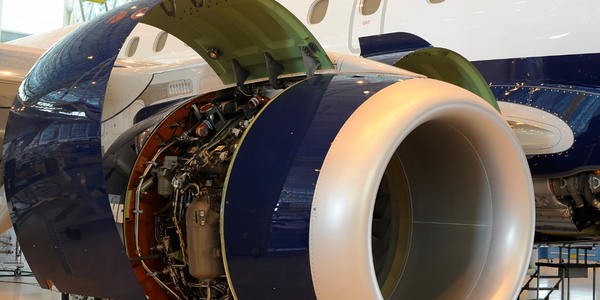Customer Company Size
Large Corporate
Region
- America
Country
- United States
Product
- nGeniusONE
- ISNG
- vSTREAM
- nGeniusPULSE
- NETSCOUT Visibility as a Service (VaaS)
Tech Stack
- AWS Lambda
- Amazon Web Services (AWS)
- Microsoft Azure
Implementation Scale
- Enterprise-wide Deployment
Impact Metrics
- Customer Satisfaction
- Productivity Improvements
Technology Category
- Infrastructure as a Service (IaaS) - Cloud Computing
- Infrastructure as a Service (IaaS) - Hybrid Cloud
Applicable Industries
- Aerospace
Applicable Functions
- Logistics & Transportation
- Sales & Marketing
Services
- Cloud Planning, Design & Implementation Services
- System Integration
- Testing & Certification
About The Customer
This North American based airline carrier is one of the top 25 largest in the world, serving an average of more than 4 million customers monthly. For scheduled or charter flights, passengers or cargo, this air carrier’s thousands of employees and more than 250 planes ensure the safe and comfortable arrival at hundreds of airports on six continents. Adoption of digital transformations in recent years has improved their ability to be a competitive player in the industry and to support passenger quality of experience. It has also meant they depend on their global network to support their operations in global airports, regional data centers and call centers, and airport suites and lounges.
The Challenge
The airline moved from a legacy reservation system traversing its internal network to a fully integrated global, complex hybrid system. The multiple applications include loyalty membership, passenger reservations, flight closures, and more - all flowing between Equinix data centers, Amazon Web Services (AWS) and Microsoft Azure cloud environments, as well as SaaS providers located all over the world. In this architecture, AWS is the “”middleware” that links all of the information and transactional flows together. One of the unique aspects of this complex architecture is that their main airline reservation system runs in a Lambda serverless environment within AWS, which meant the airline lacked visibility to verify availability and performance of their applications.
The Solution
As a NETSCOUT customer, using the nGeniusONE Service Assurance platform with InfiniStreamNG® (ISNG) appliances and vSTREAM virtual instrumentation, the airline had the visibility from network performance monitoring of the packet data in the Equinix data center they needed for providing analysis and metrics via NETSCOUT’s unique, patented Adaptive Service Intelligence® (ASI) technology. However, when they needed additional visibility into applications in their serverless, Lambda environments in AWS, they again turned to NETSCOUT. Because of the dynamic and elastic nature of a serverless environment, the airline had no way to instrument or see traffic like a traditional network. This left a visibility gap to one of, if not THE, most critical business services in their new architecture.
Operational Impact

Case Study missing?
Start adding your own!
Register with your work email and create a new case study profile for your business.
Related Case Studies.

Case Study
Airbus Soars with Wearable Technology
Building an Airbus aircraft involves complex manufacturing processes consisting of thousands of moving parts. Speed and accuracy are critical to business and competitive advantage. Improvements in both would have high impact on Airbus’ bottom line. Airbus wanted to help operators reduce the complexity of assembling cabin seats and decrease the time required to complete this task.

Case Study
Aircraft Predictive Maintenance and Workflow Optimization
First, aircraft manufacturer have trouble monitoring the health of aircraft systems with health prognostics and deliver predictive maintenance insights. Second, aircraft manufacturer wants a solution that can provide an in-context advisory and align job assignments to match technician experience and expertise.

Case Study
Aerospace & Defense Case Study Airbus
For the development of its new wide-body aircraft, Airbus needed to ensure quality and consistency across all internal and external stakeholders. Airbus had many challenges including a very aggressive development schedule and the need to ramp up production quickly to satisfy their delivery commitments. The lack of communication extended design time and introduced errors that drove up costs.

Case Study
Accelerate Production for Spirit AeroSystems
The manufacture and assembly of massive fuselage assemblies and other large structures generates a river of data. In fact, the bill of materials for a single fuselage alone can be millions of rows of data. In-house production processes and testing, as well as other manufacturers and customers created data flows that overwhelmed previous processes and information systems. Spirit’s customer base had grown substantially since their 2005 divestiture from Boeing, resulting in a $41 billion backlog of orders to fill. To address this backlog, meet increased customer demands and minimize additional capital investment, the company needed a way to improve throughput in the existing operational footprint. Spirit had a requirement from customers to increase fuselage production by 30%. To accomplish this goal, Spirit needed real-time information on its value chain and workflow. However, the two terabytes of data being pulled from their SAP ECC was unmanageable and overloaded their business warehouse. It had become time-consuming and difficult to pull aggregate data, disaggregate it for the needed information and then reassemble to create a report. During the 6-8 hours it took to build a report, another work shift (they run three per day) would have already taken place, thus the report content was out-of-date before it was ever delivered. As a result, supervisors often had to rely on manual efforts to provide charts, reports and analysis.

Case Study
Developing Smart Tools for the Airbus Factory
Manufacturing and assembly of aircraft, which involves tens of thousands of steps that must be followed by the operators, and a single mistake in the process could cost hundreds of thousands of dollars to fix, makes the room for error very small.








